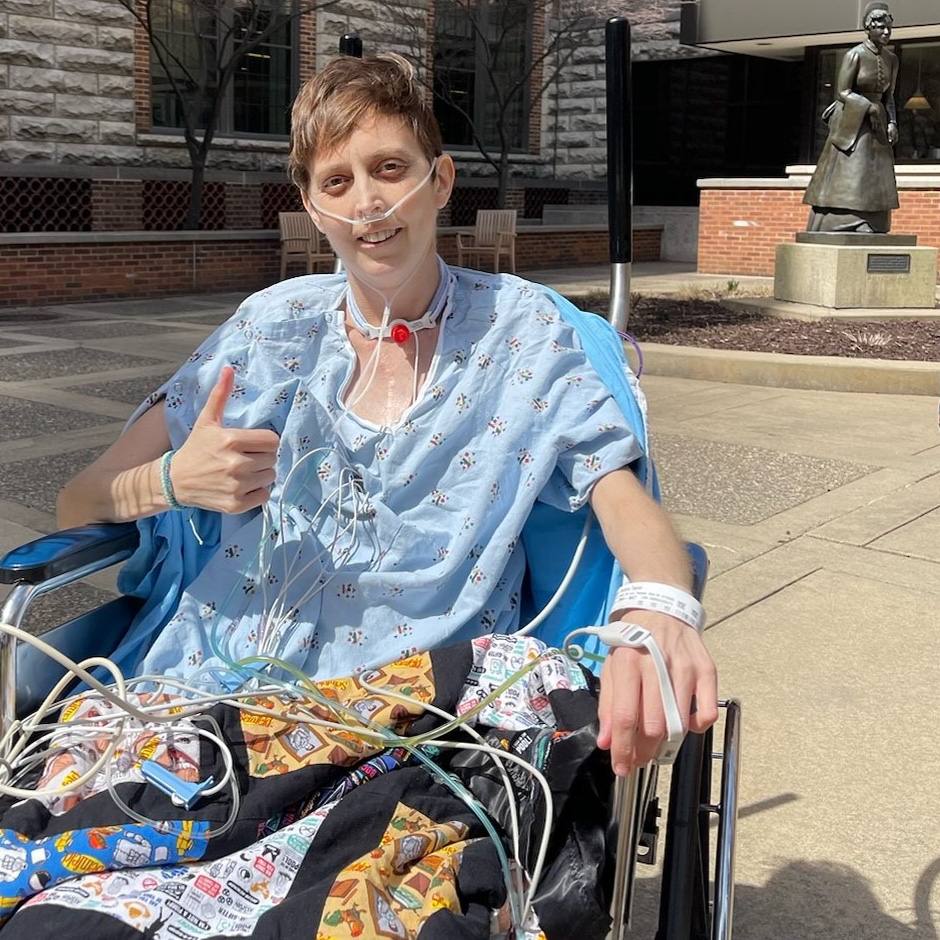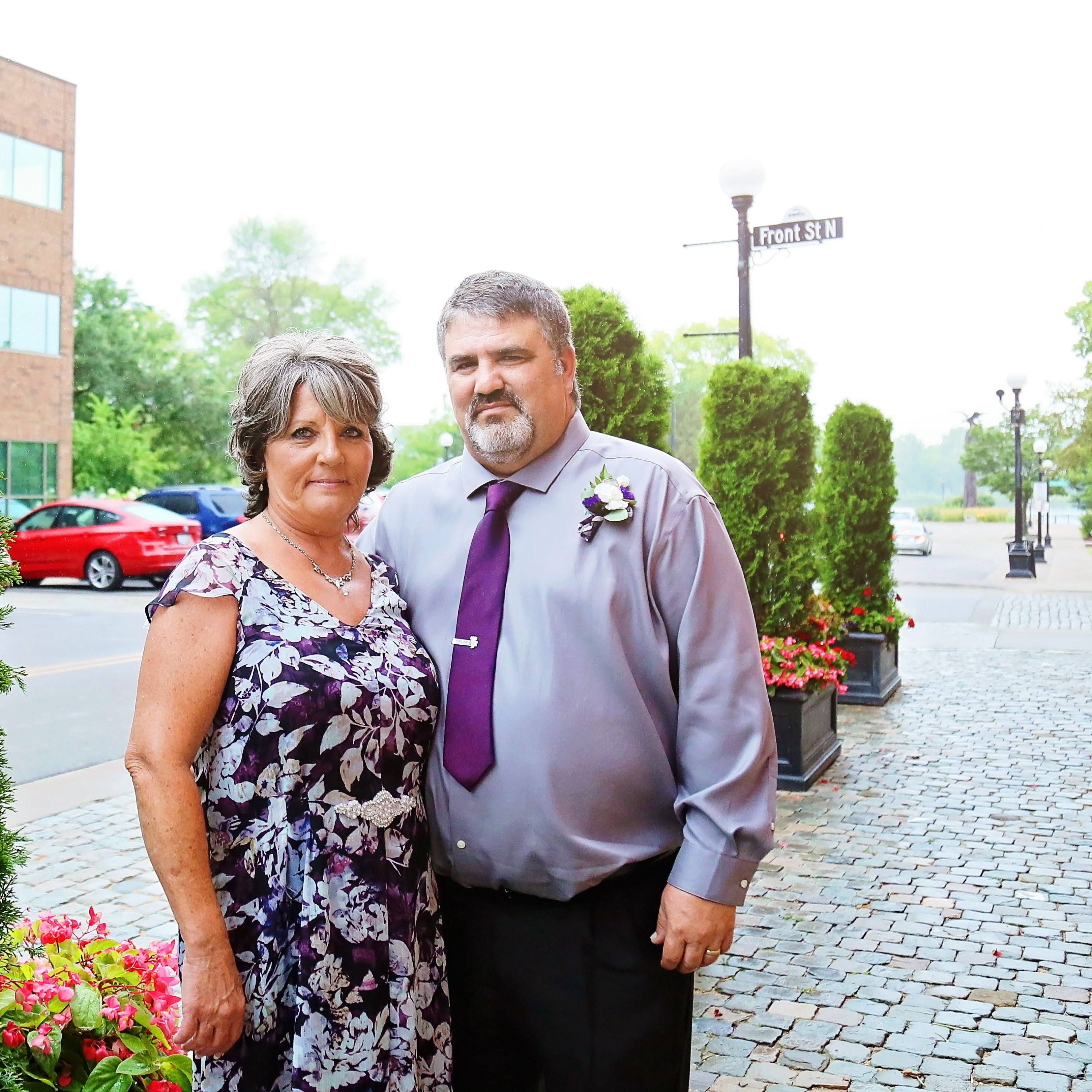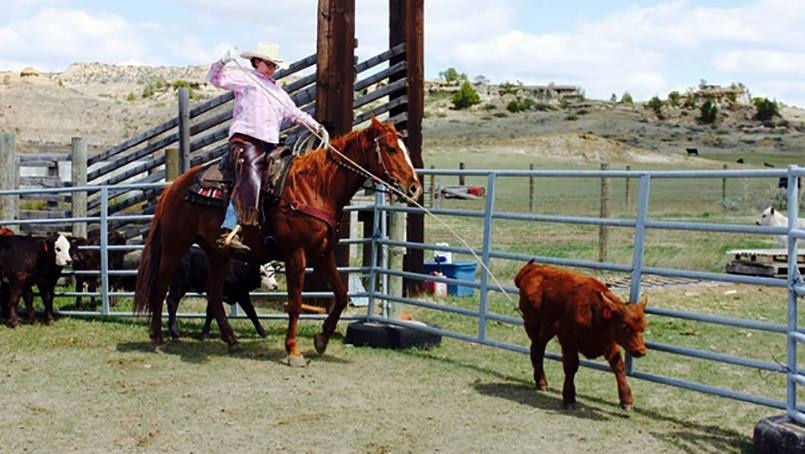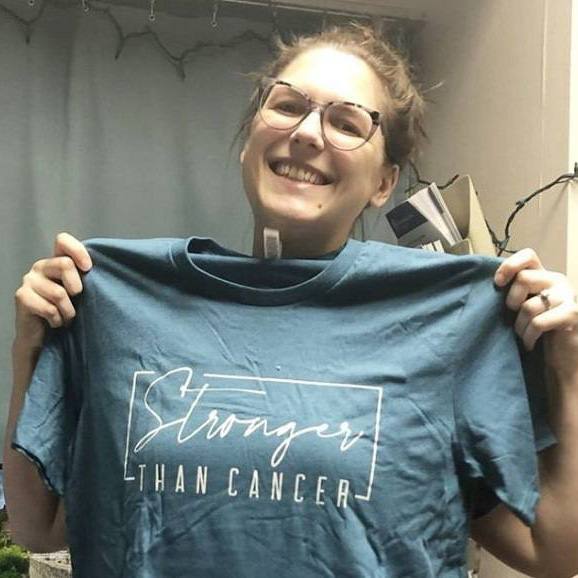-
Sharing Mayo Clinic
Teen Returns to the Range With Help From Mayo Clinic’s Pain Rehabilitation Center
“Mom, I’m going out!” Today this phrase rings through the Gramm home on a regular basis as 16-year-old Josie Gramm heads outside to work with horses at the family’s ranch near Glendive, Montana. An enthusiastic ranch hand who loves being with animals, Josie spends as much time as she can outdoors.
For almost a year, though, Josie wasn’t able to tend to her beloved horses or do any of the outside activities she so enjoys around the ranch. Most days she spent sitting in the house, overcome with pain that wouldn’t go away and unable to walk.
“At that point, I would have given anything to have her say “Bye, Mom!” and head out the door,” says Jessica Gramm, Josie’s mother. “She wasn’t able to do anything she wanted to do. It was bad.”
After months of medical care without any progress, the Gramms decided to take Josie to the Pain Rehabilitation Center at Mayo Clinic’s Rochester campus. The decision made a world of difference.
“That program was the hardest thing I ever had to go through,” Josie says. “But in the end, it was all worth it. I’m back to living my life.”
Sidelined by pain
Josie’s ordeal started during what started as a typical day at the ranch in March 2015. As she was feeding hay to the cattle, her left knee gave out. An evaluation at the local emergency department showed Josie’s knee had been severely dislocated. Over the next month, she tried physical therapy, but knee instability and pain persisted despite treatment.
“My doctor recommended knee reconstruction surgery, hoping that would stabilize my knee and help the pain,” Josie says. “We did the surgery, and it was great because it stabilized my knee. But the pain didn’t change.”
Several months went by, and Josie started to develop other symptoms. She had leg spasms that would last for hours. The skin on her leg would turn red and then purple. The temperature of the leg would change. Some days her leg hurt so much she couldn’t have anything touch it. Then, in June 2015, although she could still feel the pain, Josie lost all other sensation in her leg. Her parents brought her to the hospital immediately.
“They poked needles into her leg, and she couldn’t feel it,” says Jessica. “She tried to use crutches, and she was basically hopping on her good leg while the other was dragging behind her.”
Her local care team referred Josie to a regional medical center in Denver, where she was taken by air ambulance. There, she was given a diagnosis of complex regional pain syndrome, an uncommon kind of chronic pain that can affect an arm or leg after an injury.
After the diagnosis, Josie started physical therapy three times a week, but she made little headway. At one of her sessions, a physical therapist mentioned to Jessica that she knew an occupational therapist at Mayo Clinic in Rochester, Minnesota, who worked in the pediatric pain rehabilitation program. She said they had excellent results with children dealing with chronic pain. She knew of kids who had come in unable to walk who left the program walking.
“Frankly, it sounded like the craziest, pie-in-the-sky kind of thing. But we had to try. We weren’t making any progress at all where we were,” Jessica says. “I made it my mission that we were going to get there, whatever it took.”
Determined to prevail
With a referral from Josie’s pediatrician in Montana, the Gramms connected with the Mayo Clinic’s Pain Rehabilitation Center. An evaluation over the phone confirmed Josie would be a good candidate for the center’s pediatric program. Josie and Jessica arrived in Rochester in January 2016 prepared to work.
“There was nothing else. We tried everything. I’m a hard worker, but no matter how hard I tried before coming to Mayo Clinic, it wasn’t working,” Josie says. “This was my last hope. I had lost everything. So when they said they wanted us to do whatever they asked, that wasn’t a problem. I was ready.”
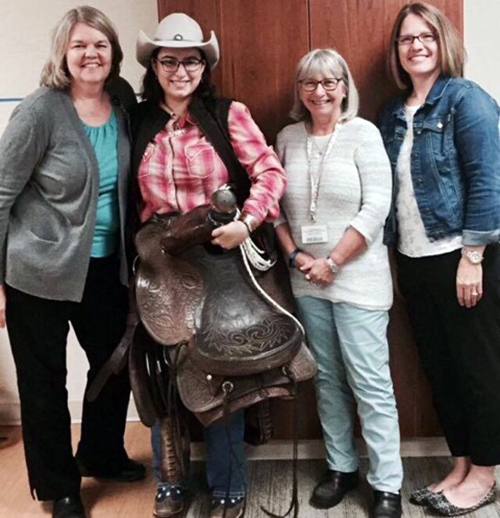 Josie and Jessica spent four-and-a-half weeks working through the pediatric pain rehabilitation program. Josie spent much of her time in daily physical and occupational therapy. She also participated in group sessions with other teens dealing with chronic pain where they learned pain management techniques. Jessica had an opportunity to meet other parents in similar situations, too.
Josie and Jessica spent four-and-a-half weeks working through the pediatric pain rehabilitation program. Josie spent much of her time in daily physical and occupational therapy. She also participated in group sessions with other teens dealing with chronic pain where they learned pain management techniques. Jessica had an opportunity to meet other parents in similar situations, too.
“Having the other people there was great, because we all had kind of the same story. We were all coming desperate to get our kids’ lives back,” Jessica says. “Most of the kids came without anyone being able to relate or understand what they’re going through. But all the kids in the program understand each other on some level. Having that community is huge. It’s very encouraging and supportive. We cried together on the bad days and cheered each other on when things went well.”
Motivated to move on
As the weeks in the program went by, Josie slowly regained use of her leg, and feeling returned. Using the pain management strategies she had learned, Josie was able to work through the pain, and it began to subside, as well. The difference in function for her from the beginning of the program to the end was dramatic.
“When I came in, I had no use of my leg. I used crutches, and I wore a straightening brace, because if I didn’t, my leg would just drag behind me. The pain in my knee was a 10 on the one-to-10 scale,” Josie says. “When I left, I had a slight limp, but I was walking. I could feel my leg again. I didn’t need any assistance, not even a cane.”
From Jessica’s perspective, a big part of Josie’s success can be traced back to the comprehensive approach the team in the Pain Rehabilitation Center takes to addressing their participants’ needs.
“They take different departments and areas of expertise, and put them together into one place,” she says. “You don’t have just occupational therapy or just physical therapy. It’s integrated. Then they weave in other important concepts like biofeedback and recreational therapy. They combine so many different aspects of life and make it all-encompassing.”
Since her return home, Josie has incorporated the program’s concepts into her daily activities. That’s allowed her to get back to a life that’s no longer dominated by pain. She now gets up early, does her schoolwork, and then heads out to work with the horses. As the oldest of five siblings, Josie’s also been able to enjoy time with her brothers and sisters again.
“I told my occupational therapist I wanted to be able to jump and roll around on the floor with the kids. I’m back to that now,” she says. “Everyone at the pain clinic was pretty awesome. They really wanted me to get my life back. There were days where I doubted it was possible, but they never gave up on me. They are my heroes.”
HELPFUL LINKS
- Learn more about complex regional pain syndrome
- Read about the Pain Rehabilitation Center at Mayo Clinic.
- Explore Mayo Clinic’s Rochester campus.
- Request an appointment.
Related Articles
